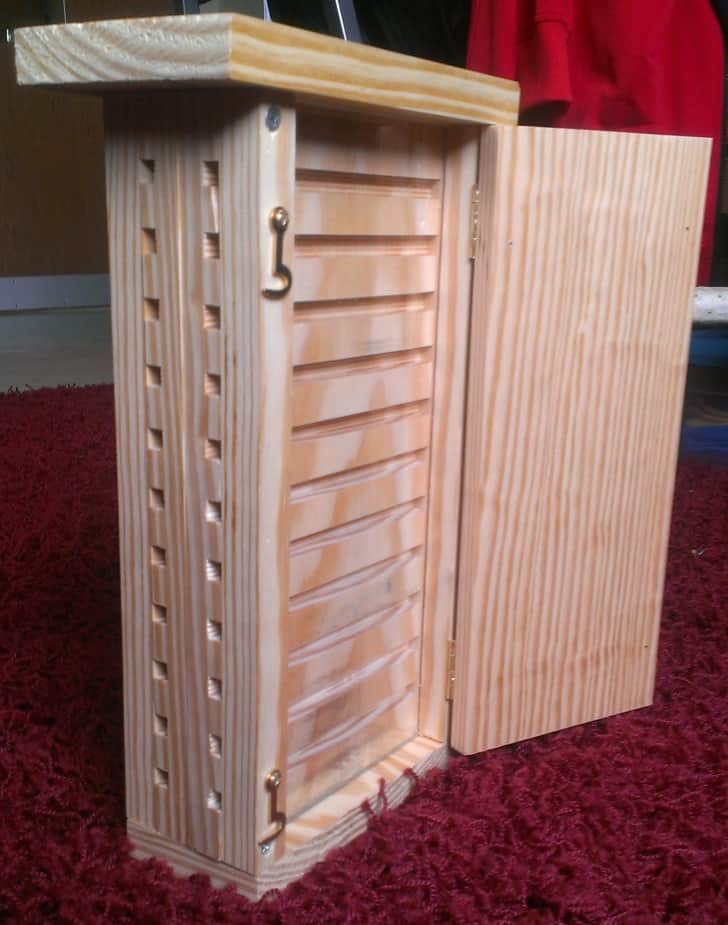On May 7, a beekeeper in Minnesota noticed his bees were dying. I went to the beekeeper's location a few days later and saw all the below symptoms and took samples for the beekeeper. There were bees on the ground with their legs up and twitching. There were bees that, when placed on their backs, couldn’t right themselves. There were bees on willow blossoms (the first blooming plant of the year) that should have been actively collecting pollen, but would barely lift a leg when poked or were dead. There were dead bees all over one of the few remaining snow patches and in front of…
Month: May 2013
Solitary Bee Observation Hives
Jordan Arata is a mechanical engineering major at University of Maryland who worked on the native pollinator project in our lab. He is also a member of the beekeeping club on campus and started the UMD apiary on the North Campus Diner. This is his blog entry... As a PollinaTerp, I was tasked with building solitary bee observation hives (shown in the picture) and learning more about native bee nesting in general. Mason bees and leafcutter bees are some of the easiest bees to provide a home for. They live in pre-existing tunnels around 6 inches deep and 5/16” in diameter on average. Mason bees…
PollinaTerps
Dana Rushovich is an environmental science & policy major at University of Maryland. Her interest in honey bees led her to our lab this semester. This is her blog. Stepping on a bees nest and getting stung 8 times would likely turn any 6 year old off of bees. I was no exception. I was always a kid that enjoyed digging in the dirt looking for worms and salamanders and was fascinated when we got to watch slugs make their slime trails for an experiment in science class. But when a bee would fly by I would freeze up waiting for it to leave me…
To Bee Or Not To Bee
Ghonva Ghauri is a pre-med physiology and neurobiology major at University of Maryland. She is part of our ongoing Nosema project which is focused on the examination of individual bees for Nosema spores. Aside from microscopy, Ghonva has shown an interest in how honey bees have become a part of human cultures across the world. This is her blog… Earlier this semester, I was explaining to a group of friends what I did at my research lab in the Department of Entomology. The moment after I mentioned the words “the importance of bees” to them, the first response I got (which I’m sure most of them…
Communications major works on improving survey and reports
Karen Baik is a communications major studying at the University of Maryland. In the fall she took the course Pollinators in Crisis by Dr. Hawthorne. Coincidentally, her TA was Nathalie Steinhauer, who is a member of the Beeinformed team. Once she had a taste of pollinators she became hooked on honey bees and will be continuing to aid Beeimformed this summer. This is her blog! My name is Karen Baik and I am currently a junior and a communications major. I completed my communications internship with 2 credits in BSCI389. As a communications intern, I spent many hours completing and satisfying a few important objectives.…



